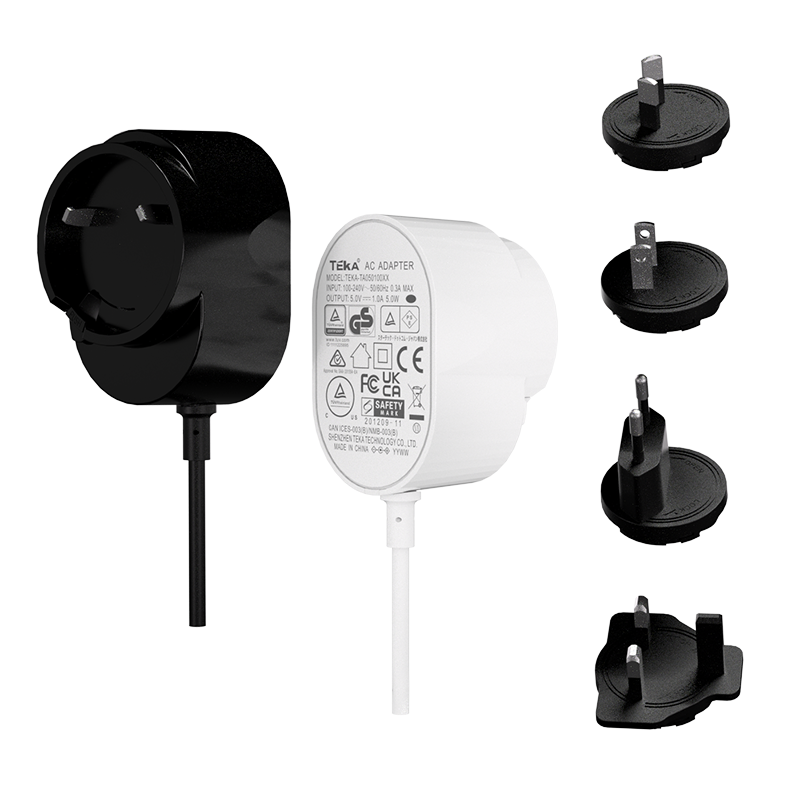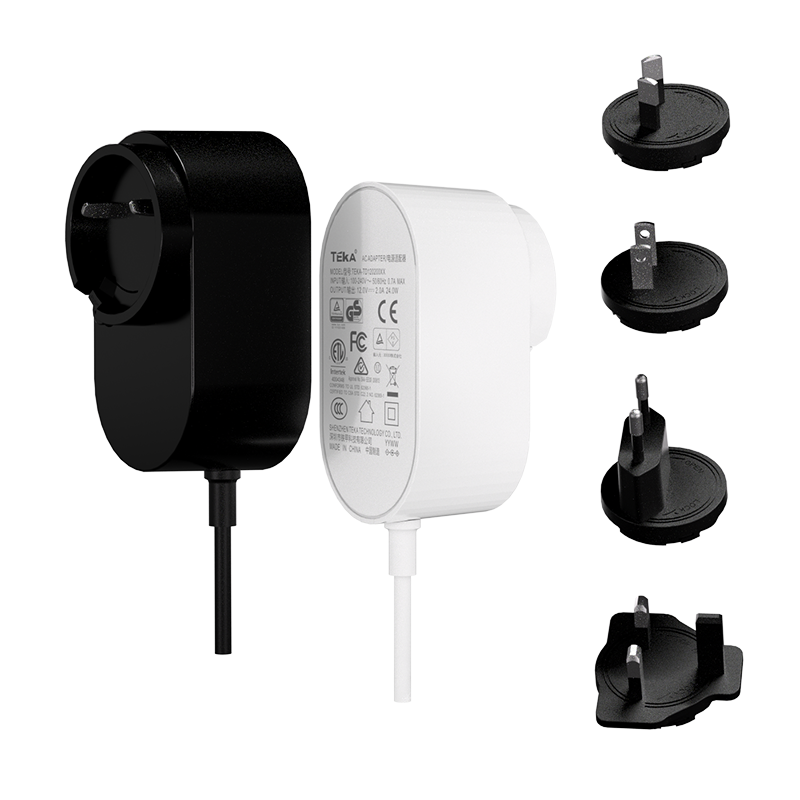Jan 21,2025
0
Power Delivery (PD) Fast Charging technology is a universal charging standard designed to deliver higher power wattage, offering significantly faster charging speeds for various devices, including smartphones, tablets, laptops, and other electronics. Its purpose is to provide a more efficient charging experience across multiple device types, making it a valuable asset in the fast-paced digital age.
PD fast charging operates through a dynamic power negotiation process between the charger and the device. This negotiation ensures that the optimal amount of power is delivered, thus enhancing both charging speed and efficiency. For instance, while a standard charger may only offer around 5 watts, a PD charger can provide up to 100 watts or more, depending on the device's capability and support. This negotiation prevents overcharging, ensuring devices are charged quickly and safely.
The evolution of USB PD standards has been remarkable, with significant improvements made over time to cater to the growing power demands of modern devices. Beginning with USB PD 1.0, which supported up to 100 watts, the technology has evolved through versions 2.0 and 3.0, both of which introduced more flexible power rules. The latest iterations, including USB PD 3.1, offer power delivery capabilities of up to 240 watts, thus meeting the substantial energy requirements of high-demand devices while maintaining compatibility with older gadgets.
PD fast chargers offer significantly higher charging speeds compared to traditional chargers, drastically reducing the time needed to power up devices. For instance, while conventional chargers might take over two hours to fully charge a smartphone, PD fast chargers can accomplish the same task in just over an hour, providing speeds that can be up to 70% faster. These statistics highlight the efficiency gains that PD fast charging technology brings to the table.
Moreover, PD fast chargers are universally compatible across various brands and types of devices, thanks to the widespread adoption of USB Type-C. Unlike older charging technologies, PD chargers can be used to power an array of gadgets from smartphones to laptops, eliminating the need for multiple chargers and adapters. This universality is a step forward in simplifying charging solutions and reducing electronic waste.
Furthermore, PD fast chargers incorporate enhanced safety features that protect devices during charging. These include over-voltage protection and advanced temperature control, which are crucial for maintaining battery health and device safety. Industry organizations have set stringent safety standards for these chargers, ensuring that users can charge their devices quickly and safely without the risk of overcharging or overheating.
When comparing Power Delivery (PD) fast charging technology to Quick Charge (QC), several key differences emerge. PD fast charging, developed by the USB Implementers Forum, is universally supported by USB-C devices and can deliver up to 100 watts of power, suitable for powering laptops as well as smartphones. In contrast, Quick Charge, a proprietary technology developed by Qualcomm, can provide up to 100 watts but is primarily used for faster charging of Qualcomm Snapdragon-powered devices. One significant difference is that QC's Intelligent Negotiation for Optimum Voltage (INOV) allows for more efficient voltage handling based on the device's needs.
Traditional charging methods pale in comparison to PD fast charging in terms of power delivery and user experience. Standard USB chargers typically deliver only 5 watts, which results in significantly longer charging times. PD, on the other hand, can charge devices up to 70% faster. This increase in efficiency also translates to a more seamless user experience, significantly reducing the time users spend tethered to a power outlet.
The range of devices compatible with PD charging is extensive, spanning from smartphones and laptops to tablets and other accessories. According to industry reports, most new consumer electronics, including flagship devices from Apple and Samsung, support PD charging through USB-C connections. As a result, this technology is quickly becoming the universal standard, ensuring compatibility across numerous brands and device types.
Selecting the right PD fast charger begins with understanding the power needs of your devices. Different gadgets, such as smartphones, laptops, tablets, and gaming consoles, have varying power requirements. For instance, while a smartphone might require just 18W for efficient fast charging, a laptop could demand up to 60W or more. It is crucial to check the manufacturer's specifications for your device to determine the wattage necessary for optimal charging performance.
When choosing the charger wattage, consider the specific needs of your devices. A standard smartphone might efficiently charge with an 18W charger, but larger devices like laptops typically need at least a 45W or 60W charger. For example, the MacBook Air can be charged effectively with a 30W or higher charger, while more power-hungry models like the MacBook Pro might require up to 60W or 96W for optimal performance. Always aim to match the charger's wattage with the device's requirements to ensure efficient and safe charging.
Cable compatibility plays a vital role in achieving optimal charging efficiency and safety. Using certified cables, such as those that meet USB-C standards for USB PD, is essential. Certified cables ensure that the power and data are transmitted safely and efficiently, avoiding potential damage or performance issues with your devices. Invest in high-quality cables that are designed to handle the power capacities required by your gadgets, as cheaper alternatives might not be able to safely manage the power levels involved.
Choosing the right PD fast charger for your devices is essential for maximizing battery performance and ensuring device safety. For those in need of a compact solution, the 6W PD fast chargers are ideal for home appliances. These chargers are specifically designed to offer a steady power supply for smaller electronics, ensuring that they are charged safely and efficiently.

When seeking something with a bit more power, the 24W PD fast chargers offer an excellent balance between power and portability. These chargers are versatile, making them suitable for a wide range of devices, including tablets and smaller laptops. Their adaptable nature allows users to carry them with ease, providing the necessary charging power wherever you may be.
For those looking at home appliance chargers with conversion capabilities, the 24W conversion chargers stand out. These devices are designed to efficiently deliver power and are compatible with various household electronics, emphasizing both energy efficiency and adaptability. Their ability to handle multiple devices ensures that all your home gadgets remain powered safely and effectively.

The advancement of PD fast charging technology has significantly reshaped how we power our devices, making it an essential element of modern life. PD fast chargers facilitate quicker charging times, enhancing the convenience and efficiency of using electronic devices daily. This has led to an increased reliance on portable electronic devices, as users can stay connected without extended downtime.
Looking ahead, the future of PD fast charging promises further improvements in both speed and efficiency. We can anticipate breakthroughs that will boost charging speeds and optimize energy consumption. Additionally, as industry standards evolve, interoperability across devices will likely improve, allowing more devices to leverage these advancements, further streamlining the user experience. The progression of this technology holds the potential to revolutionize how we interact with our electronic devices.